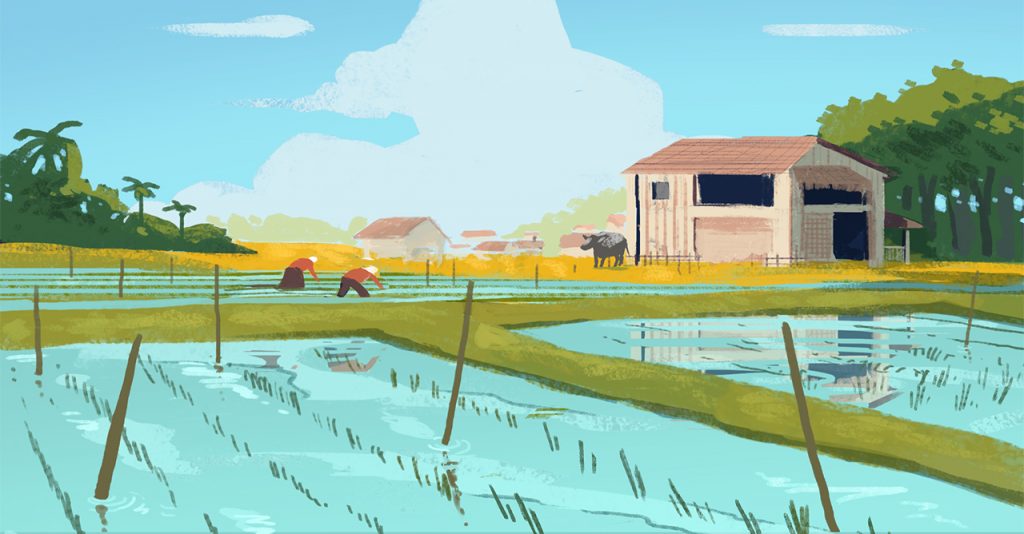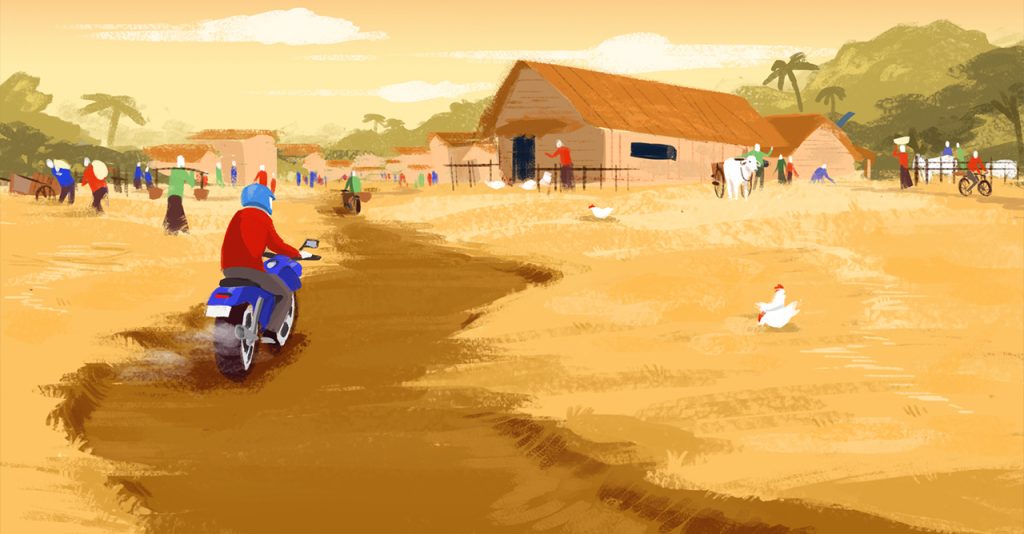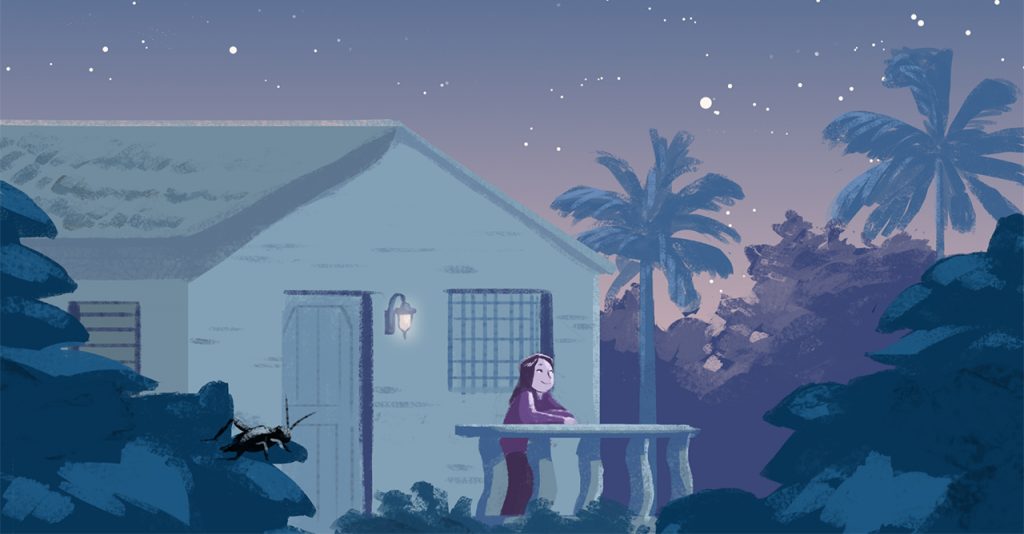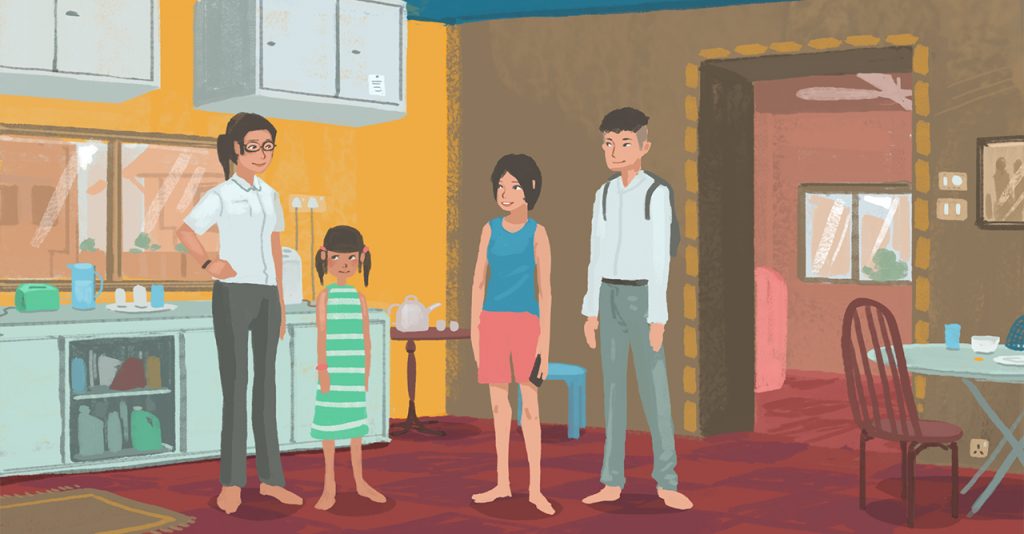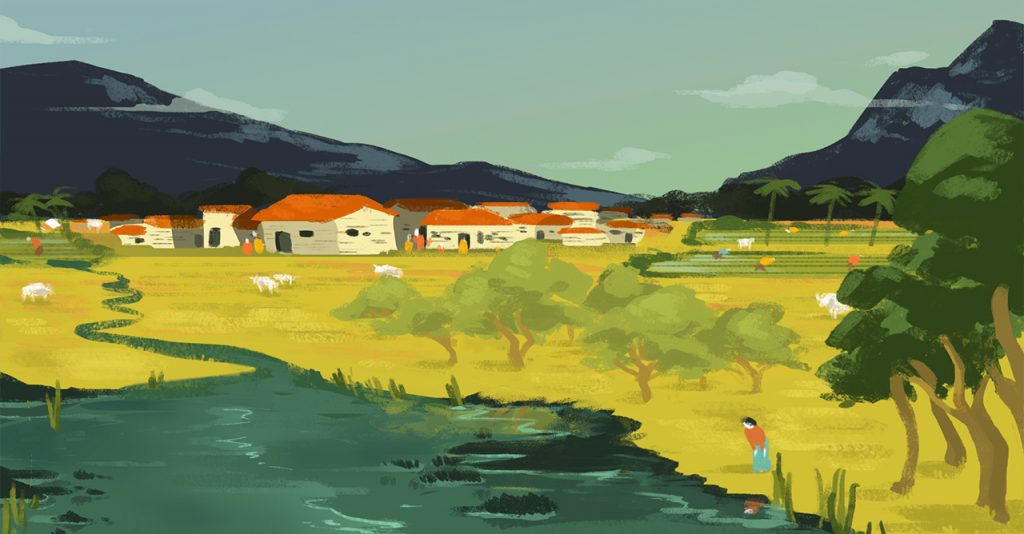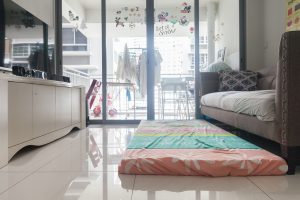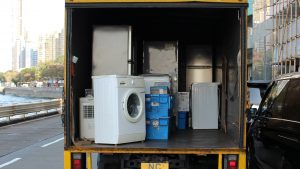Foreign workers. We see them around us every day; individuals who have left their homes to work here in Singapore as part of our community.
They are usually seen gathered in groups in Lucky Plaza along Orchard Road, the area around Peninsula Plaza and other open areas, wherever they can lay out a sheet on the ground to have a picnic. For many of us, its too easy to think “gosh, there are so many of them!”, and forget that they have lives beyond work.
This holiday season, we speak with 5 foreign workers and get them to describe their homes for an artist’s rendition. All of the individuals we approached were wary at first as we explained what we were doing and what we wanted to talk with them about. Most said no—not out of hostility or rudeness, but a certain guardedness.
Most of those who eventually agreed to talk with us had difficulty conversing in English; we had to ask a lot of questions before piecing together their replies. This language barrier perhaps accounted for their reluctance to be interviewed in the first place.
And yet, all of them warmed up the moment they started talking about their homes. They were clearly happy when sharing about their children, parents, and the familiar sights of their home country.
There were no dramatic tears or wistful silences; just matter-of-fact descriptions and memories which served to remind us that while some of us are lucky enough to come home for Christmas, there are others who will have to wait a little longer.
